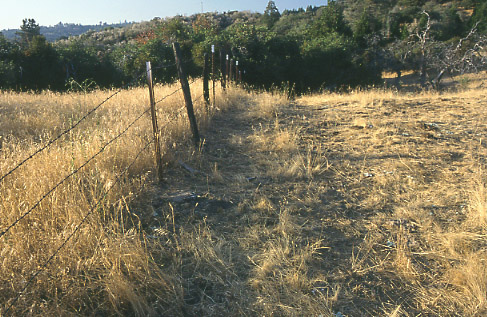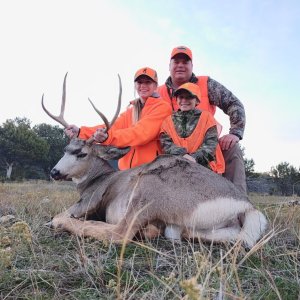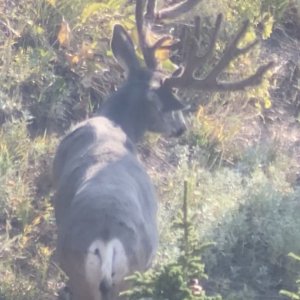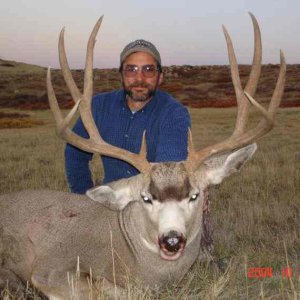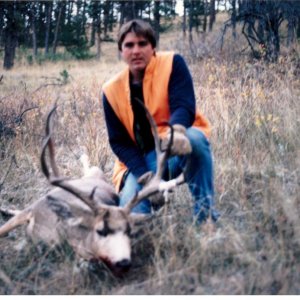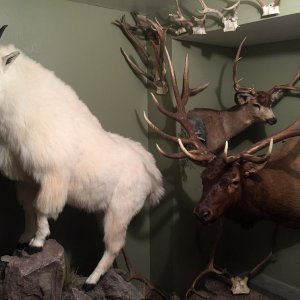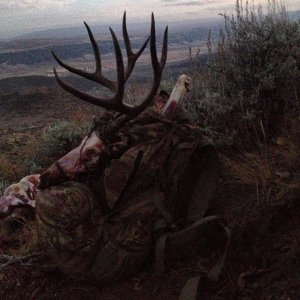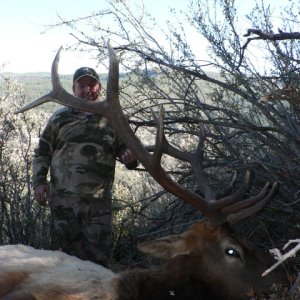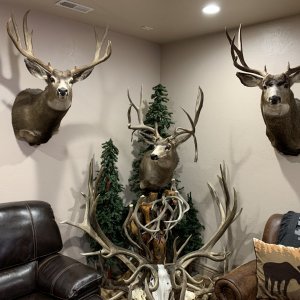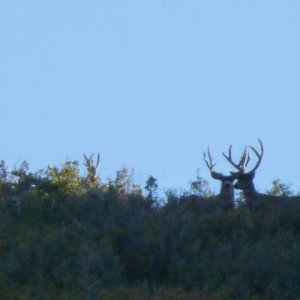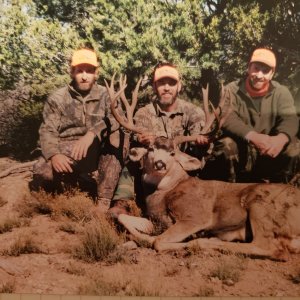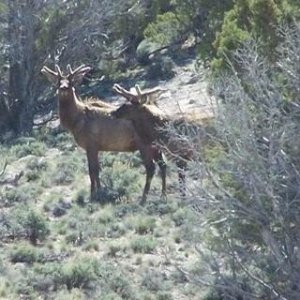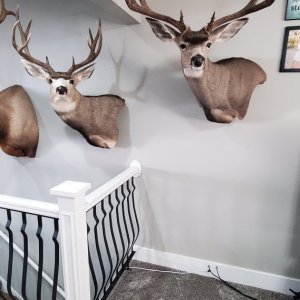Now you got me confused... You say it costs so much to graze BLM, but you would go out of bussiness if you couldn't graze it??? How much do private leases cost? The ones I've looked into cost about the same price or less as you quote for your BLM leases... What about the other 97% of cattle producers in the US that make it just fine with out grazing public land??? They seem to stay in business just fine. Public leases go for about $12-20 and thats what you "quote" for your BLM lease.
Got any links for the grazing is good for the wildlife? What about all the other animals besides deer and elk you say that grazing "improves" thier habitat? What about say Sage and sharp tial grouse that need the cover that is not available due to grazing? Or the trout that need silt free and cow ##### free streams to lay thier eggs in? Or what about all the other birds and small animals??? Thier's more to destruction caused by grazing than what little benifit a few elk or deer may make... What about the forage that just one cow takes away from wildlife??? One cow eats as much as FOUR deer a month, or almost as much as TWO elk... How is grazing good for the animals??? You're going to have a hard time convincing me that grazing is good for the environment... the problems it creates is far worse than any it helps.
Your subdivison remarks have some merrit but not much. Most of these ranchers sell out because they are sick of the lifestyle and income. How bout you name a few ranches that sold out to developers because they lost their lease... All of them will sell out sooner or later its just a mater of time... it really has nothing to do with being able to graze BLM or forest. IF they want to stay in bussiness they can graze private land... from what diamondl73 says its about the same price anyway or cheaper...
I bet the elk and deer come running to this peice of grazed land to get all the nutrients they need... note one side grazed and the other not. Which do you think wildlife would prefer?
The fish love this type of habitat...
The deer come running to this place...
Grazed (some one tell all the deer and elk to come to this place)
UNGRAZED (same habitat NO cattle)
How about some mountain habitat... no cattle grazing (means poor forage for deer and elk)
THIS is were the deer and elk flock to... much better nutrients in the grass here...
Is that a deer in the back gound? No wait its just dirt...
Typical stream with grazing (notice one side is nice and lush, while the other is basically devoid of plants to stabilize the banks)
Cows
NO cows
These are pictures from all over the west from AZ to OR to MT and ID... Public lands ranching appears to be really great for wildlife. Check out this link for more fantastic public lans ranching "stewardship". For ranchers and non-ranchers alike this is a very informative page. Biased as it may seem, the facts are the facts. Its up to you to decide!
http://www.publiclandsranching.org/
